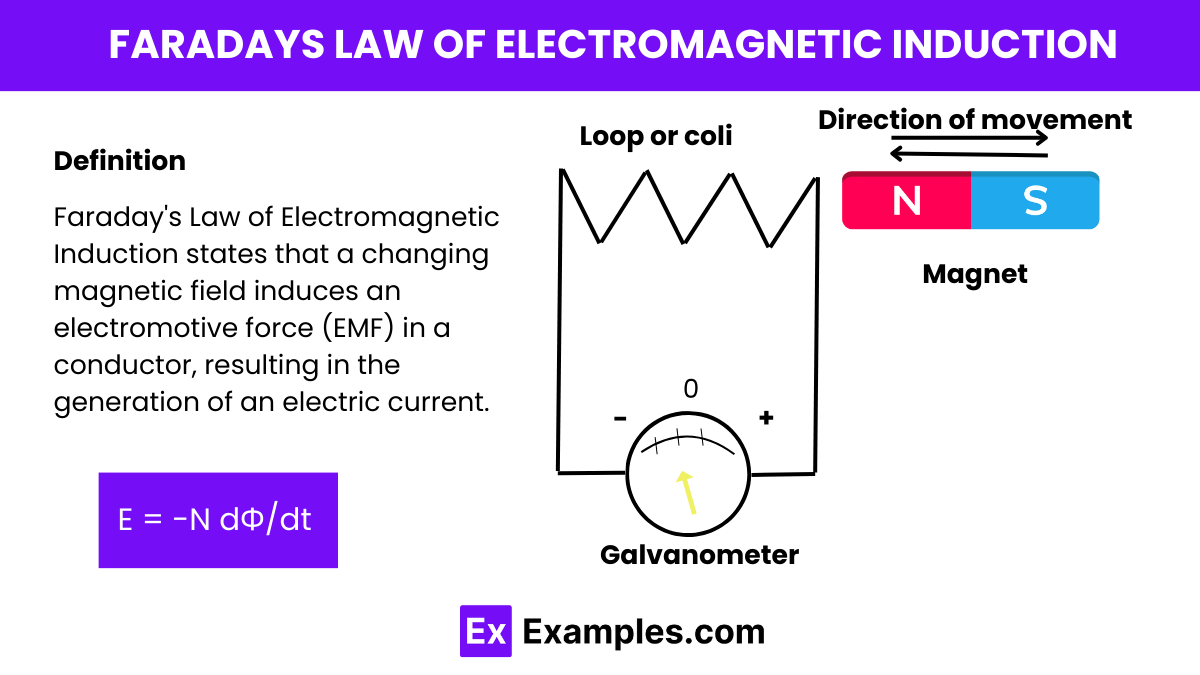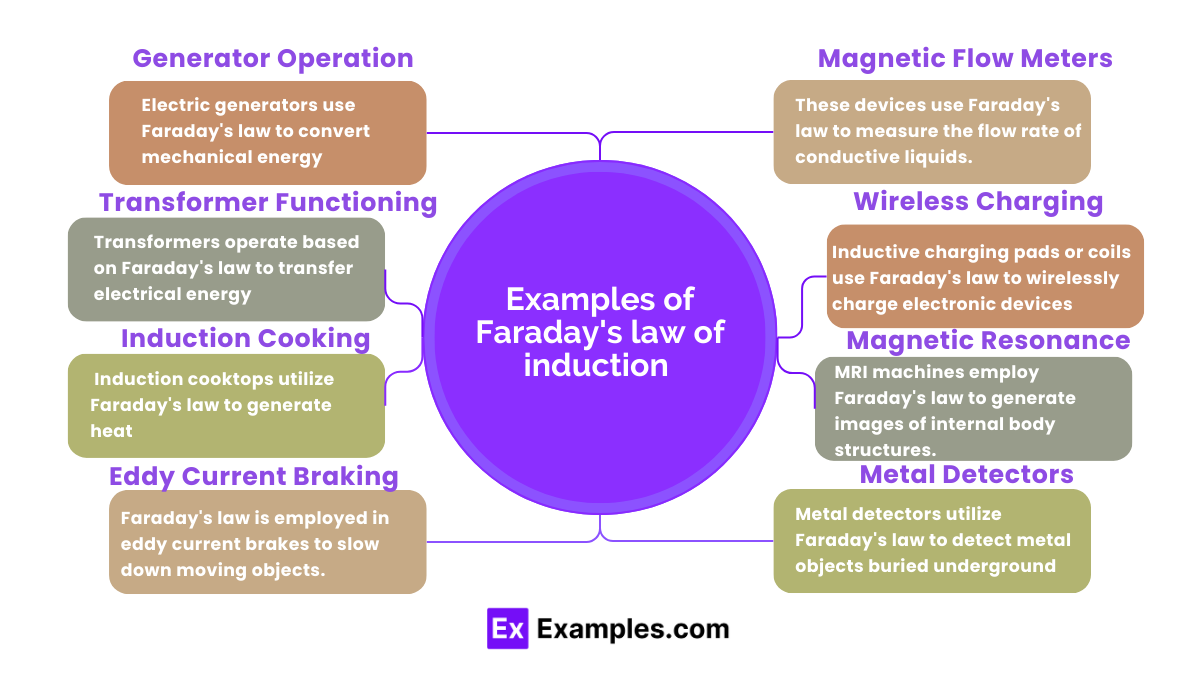What does Faraday\'s Law of Electromagnetic Induction state?
The voltage induced in a coil is proportional to the product of the magnetic flux and the time.
The voltage induced in a coil is proportional to the rate of change of magnetic flux through the coil.
The current in a coil is proportional to the magnetic flux.
The current in a coil is proportional to the time rate of change of the magnetic field.



